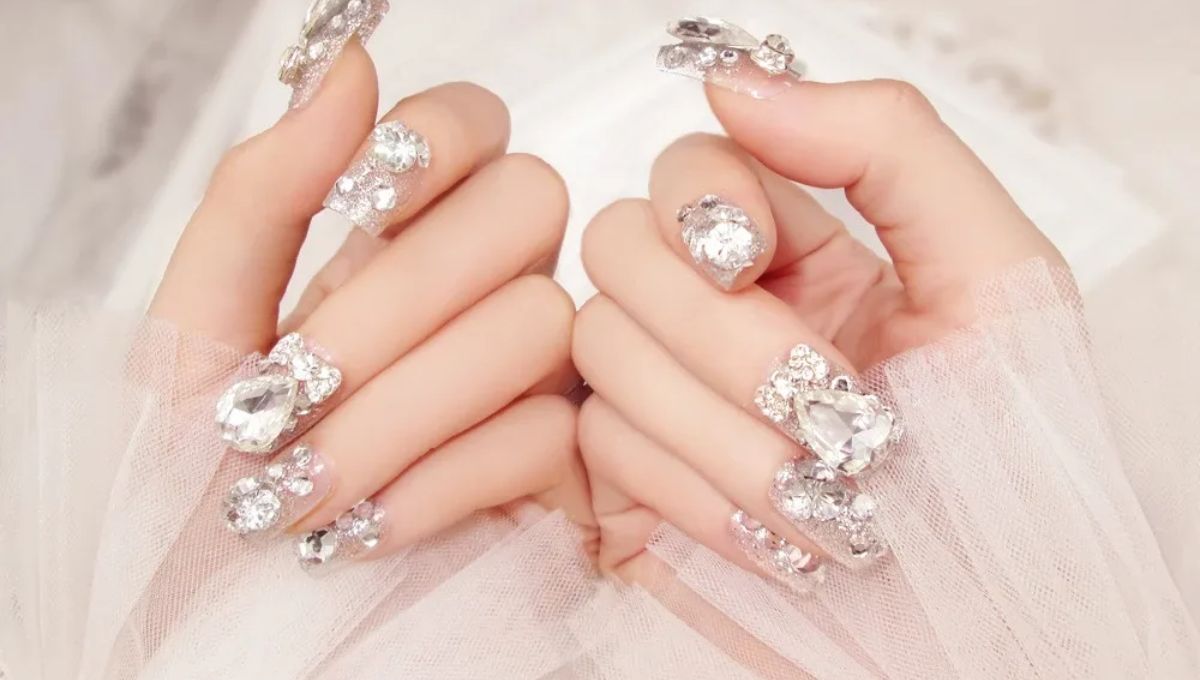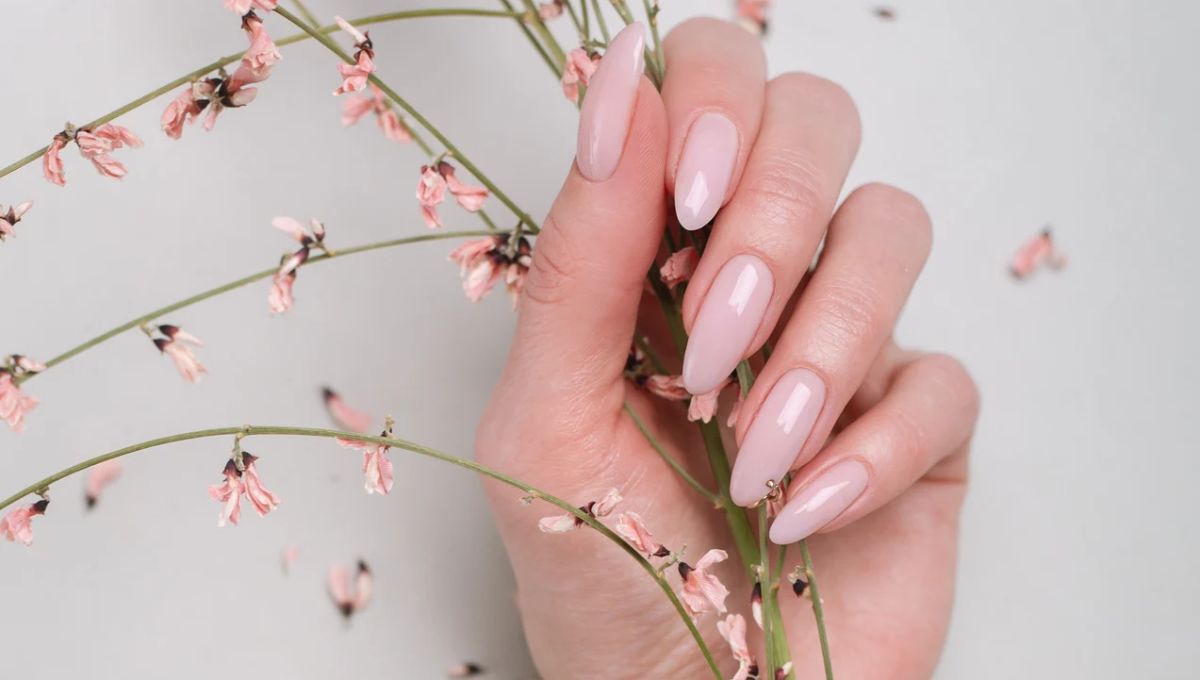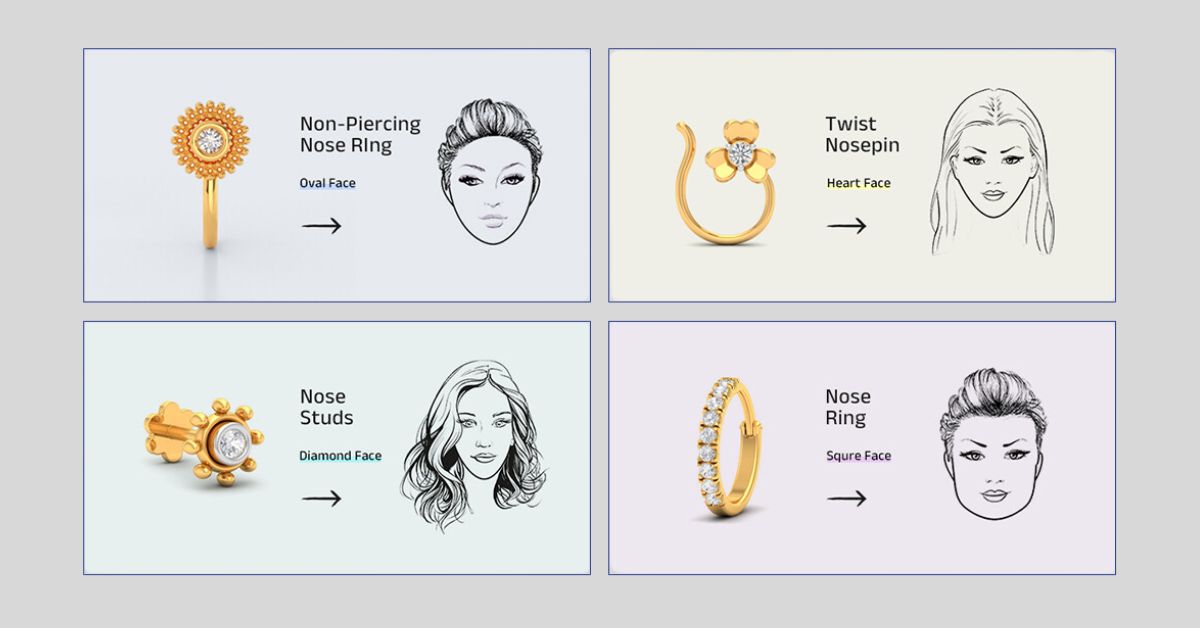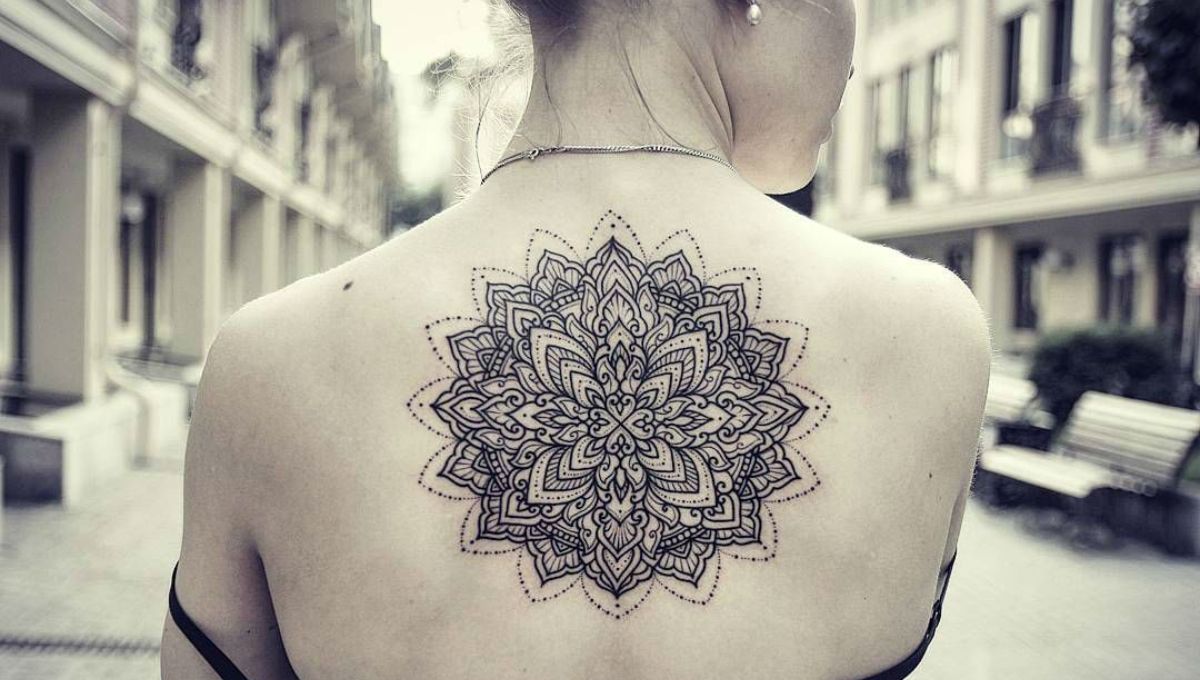Body alteration has evolved, and bridge piercing is a striking and uncommon choice. This piercing between the eyes expresses uniqueness and imagination. These piercings are popular with those who want to make a statement due to their distinctive position and aesthetic appeal.
What Is A Bridge Piercing?
Bridge piercings run horizontally through the nasal bridge. It is commonly placed between the eyes where the nose bridge meets the forehead. In this article we will discuss about this piercing, its appeal, and how you can take care of your piercing.
Do Bridge Piercings Hurt?
Despite its rather sensitive location, these piercings rarely cause much pain. These piercings exist under a thin layer of skin across the nose, appearing to penetrate through the bone. The epidermis and dermis will be pierced, not the bone. Whether your piercing is done freehand or with a forceps, you may feel pressure and swelling between your eyes. If you have swelling between your eyes following your piercing, you may feel sore. Ibuprofen or Paracetamol should relieve pain.
Nose Bridge Piercing
This nose piercing, runs horizontally across the nasal bridge, directly above the nostrils and between the eyes. The skin is used for bridge piercings, making them less intrusive than cartilage or softer tissues. This unusual location highlights the eyes, improving facial symmetry and equilibrium.
Mark the nose bridge’s entry and exit sites and use a sterile needle to construct a jewellery channel. Due to the sensitive location and proximity to the eyes, a competent surface piercer is needed to assure exact implantation and reduce the chance of migration or rejection.
Nose bridge piercings usually take 8–12 weeks to heal, depending on individual healing and aftercare. Preventing infections and promoting recovery requires regular saline solution cleansing and avoiding pressure or trauma. Despite healing issues, bridge piercings are a popular body alteration choice due to their striking appearance.
Choose and Style Bridge Piercing Jewellery
The appropriate jewellery for a piercing is important for aesthetics, health, and comfort. We have compiled some latest jewellery for your convenience. Let’s have a look to them!
Straight Barbell
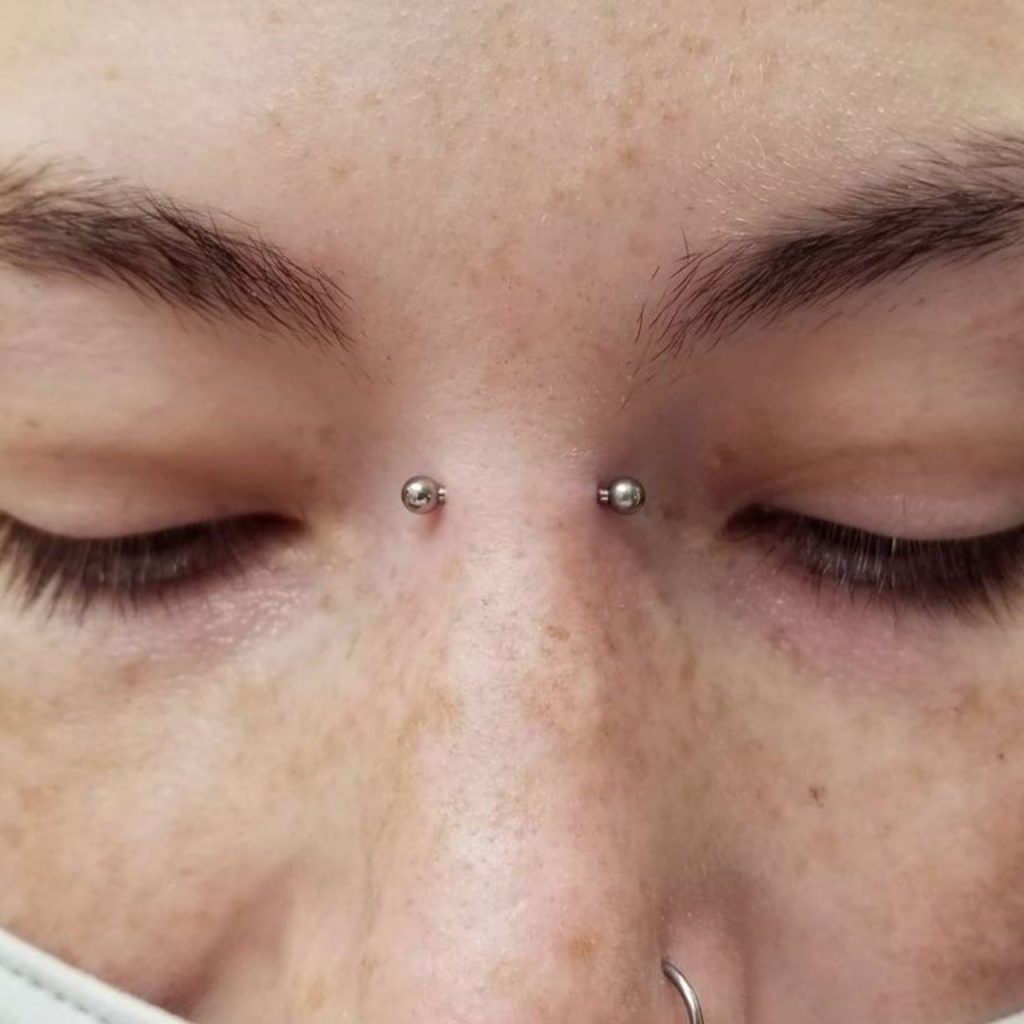
The straight barbell, a rod with a ball or decorative end on each side, is the most typical bridge piercing jewellery. This design distributes pressure evenly, avoiding discomfort and migration.
Due to biocompatibility and corrosion resistance, titanium and surgical steel are recommended materials. These materials are safe for initial piercings since they rarely cause allergic reactions or infections.
Curved Barbells

Curved barbells or custom-made parts can offer personality. A competent piercer must be consulted to ensure that the jewellery fits properly and doesn’t stress the piercing. After the piercing heals, people can try alternative styles to suit their tastes.
Treating Bridge Piercing Scars
Bridge piercings can scar like all piercings. The piercing’s cosmetic appeal depends on recognizing and treating scars due to its prominent location. Inadequate aftercare, infection, or rejection can cause scarring when the body forces out the jewellery.
Scars from this piercings range from mild discolouration to elevated tissue. Aftercare should include mild saline cleansing and avoiding pressure on the piercing to reduce scarring. High-quality, biocompatible jewellery decreases scarring risks.
Scarring can be reduced using several therapies. Scar creams or silicone gel sheets can diminish scars over time. Dermatological therapies including laser therapy or microneedling may help severe scarring. Before starting any scar therapy, visit a doctor to make sure it’s right for you.
Will Bridge Piercing Swell?
After a bridge piercing, many people have eye puffiness. You may feel punched! Don’t worry—this will fade and you can admire your nasal piercing. Painkillers aid with discomfort. Avoid touching or playing with your piercing until it heals. Your piercer may recommend scent-free, alcohol-free, color-free aftercare treatments to avoid inflammation. Nothing else should contact your piercing.
What Are The Most Common Side Effects of Bridge Piercing?
Due to their unique and stunning appearance, piercings on the nose bridge between the eyes are becoming more fashionable. Bridge piercings, like any body modification, have dangers and side effects that should be considered before getting one. Infection is a typical adverse effect.
A piercing through the skin causes an open wound that can get contaminated with bacteria, causing redness, swelling, pain, and pus discharge. Aftercare, such as saline cleansing and not handling the piercing with unwashed hands, reduces infection risk.
Migration and rejection, when the body forces jewellery towards the skin, are also common. This can eject the jewellery or cause tissue damage and scarring. These issues can be avoided by employing proper jewellery and a surface piercer with skill.
This piercings often cause discomfort and lengthy healing. As with other piercings, pain is typical, but this piercings can be especially painful during the operation and recovery due to their sensitive location and thick skin. This piercings might take 8–12 weeks or longer to cure, depending on healing rates and aftercare. Localised edoema and bruising are prevalent.
Scarring surrounding the piercing site can be hypertrophic, causing elevated, red, and irritating scar tissue. Following aftercare instructions and avoiding trauma from eyewear or extreme movement can reduce this risk. Some people have allergic reactions to jewellery, causing more pain and requiring a change. These responses can be avoided by using hypoallergenic titanium or surgical steel. Bridge piercings are a bold and appealing body modification, but they can have negative effects and require careful attention to recover.
Final Thoughts
Bridge piercings are symbolic of daring and originality. It resists traditional body alteration and challenges beauty standards with its unique look. This piercings give many personal expression opportunities, whether you like its symmetry, Jewellery options, or unusual position. A piercing takes careful planning, skilled skill, and attentive aftercare. But the rewards are huge. Every step of the process creates a distinctive look for you, from decision to healing. If you want to make a dramatic statement and try something new, this piercing may be the right body art for you. You can love this beautiful piercing as part of your style and individuality with the appropriate approach and mindset.







